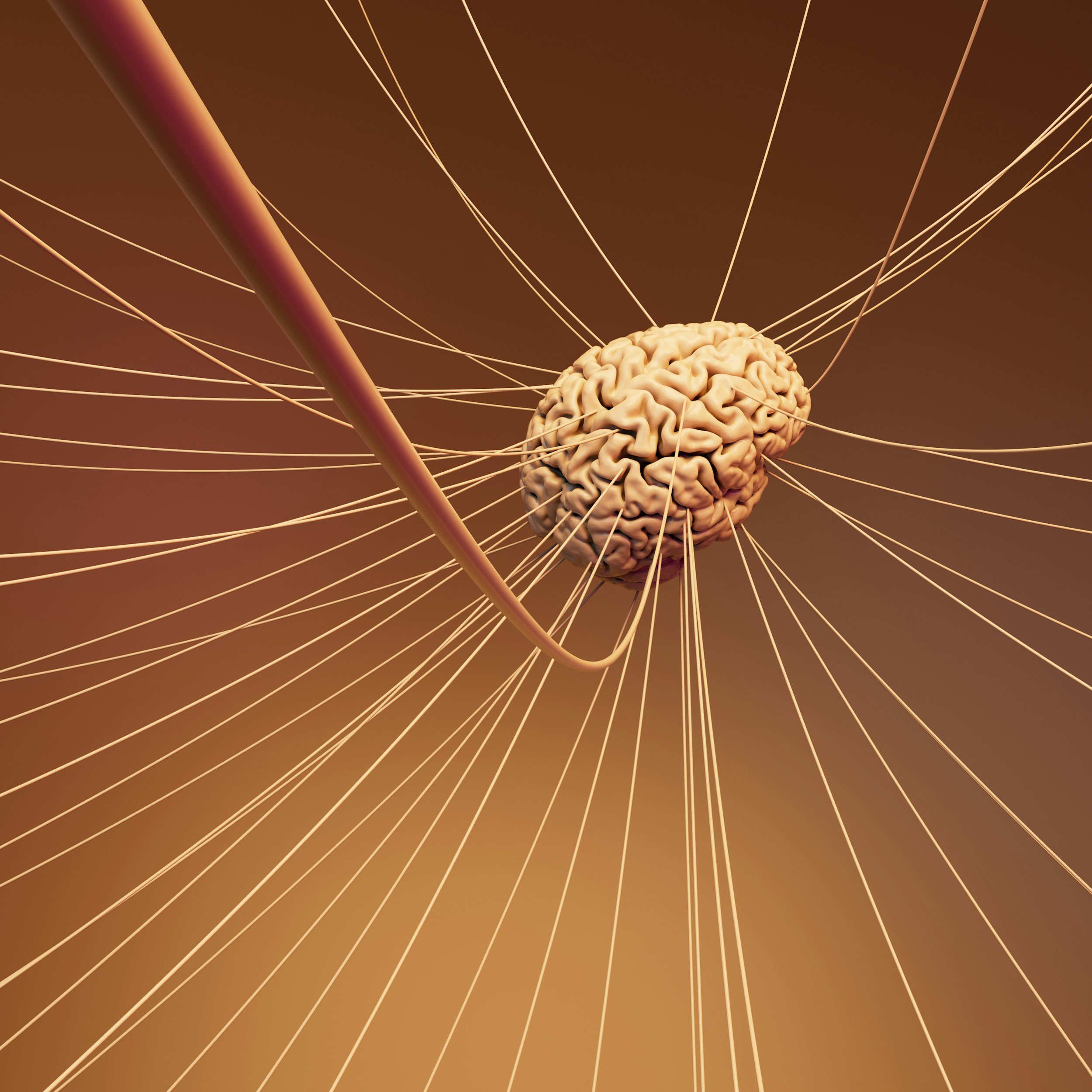Anxiety and the Nervous System: Understanding the Connection
Anxiety is often thought of as a cognitive or mental experience but its roots are deeply wired into our nervous system. Our bodies are designed to react to perceived threats through a survival mechanism known as the “fight, flight, or freeze” response, orchestrated by the sympathetic nervous system. When we encounter a stressful situation, our brain signals this system to release hormones like adrenaline and cortisol— just to name a few. This heightens alertness, increases heart rate, and prepares muscles for action. While this response is crucial for immediate danger, chronic activation due to everyday stressors leads to persistent anxiety symptoms.
The parasympathetic nervous system, often called the “rest and digest” system, plays the counterbalancing role. Its job is to calm the body after a threat has passed, slowing down the heart rate and promoting relaxation. However, in individuals with anxiety disorders, the nervous system can become dysregulated. The body stays on high alert, even in the absence of real danger, making it difficult to shift back into a calm, relaxed state.
This chronic over-activation of the stress response can manifest as muscle tension, shallow breathing, digestive issues, insomnia, and a constant sense of unease. Over time, the nervous system becomes “wired” for anxiety, making the threshold for stress even lower. This is why anxiety often feels like it takes over both the mind and body.
Understanding this connection is empowering because it opens up body-based interventions for anxiety relief. Techniques like deep diaphragmatic breathing, progressive muscle relaxation, vagus nerve stimulation, and somatic therapies aim to activate the parasympathetic nervous system, helping the body to downshift from a state of chronic stress. By learning to calm the nervous system, individuals can reduce the intensity and frequency of anxious episodes.
Anxiety isn’t just a mental experience; it’s a nervous system experience. Healing requires not just “thinking differently” but teaching the body to feel safe again. Through mindful practices and therapeutic techniques, we can retrain our nervous system to respond with balance, resilience, and calm. An experience we all deserve to have.



